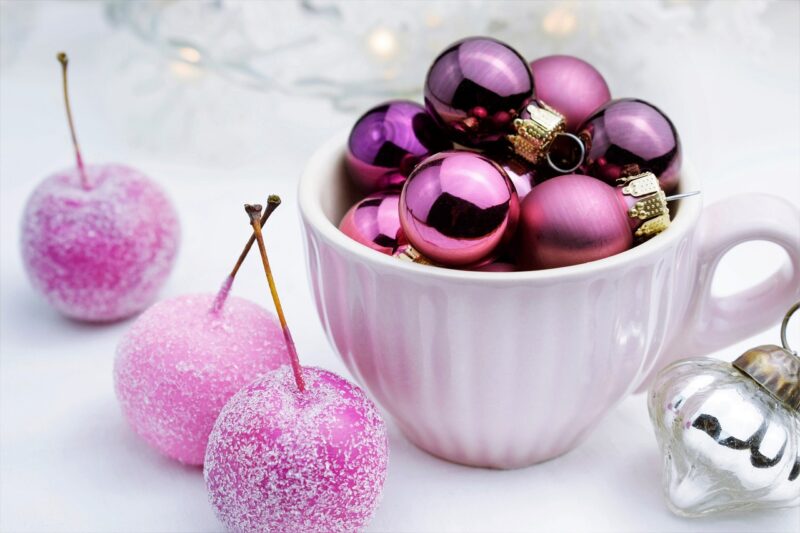
Creating handmade cards is a delightful and rewarding craft that allows you to express your creativity while making special, personalized gifts for your loved ones. Whether it’s for birthdays, holidays, or just a simple “thinking of you” message, handmade cards add a personal touch that store-bought cards simply can’t match. In this guide, we’ll explore everything you need to know about card crafting, from selecting materials to designing and embellishing your cards.
1. Understanding the Basics of Card Making
Making cards is not just about folding paper; it’s an art form that involves a variety of techniques and tools. Before you start crafting, it’s essential to understand the basics:
– **Card Base:** The card base is typically made from sturdy cardstock paper. It can be folded in half or used as a single-layer card. Popular sizes include A2 (4.25″ x 5.5″) or A6 (4.5″ x 6.25″).
– **Cardstock vs. Paper:** Cardstock is thicker and more durable than regular paper, making it a better choice for card bases. You can find it in various colors and textures.
– **Envelopes:** Don’t forget to make or buy matching envelopes. It’s important for the presentation and protection of your handmade cards.
– **Tools and Supplies:** Basic tools include scissors, a paper trimmer, bone folder (for crisp folds), adhesive (glue or double-sided tape), and decorative items such as stamps, markers, and embellishments like ribbons or sequins.
2. Essential Materials and Tools for Card Crafting
To get started, gather the following materials and tools:
– **Cardstock:** Choose various colors and weights of cardstock. For card bases, choose a heavier weight (around 80 lbs) and for layering, use lighter weights (around 65 lbs).
– **Adhesive:** Use glue sticks, liquid glue, or double-sided tape. Choose whichever you find easier to work with.
– **Scissors or Paper Trimmer:** Scissors for detailed cuts and a paper trimmer for straight, clean edges.
– **Bone Folder:** This tool helps create clean, crisp folds in your cardstock.
– **Stamps and Ink Pads:** For adding decorative elements to your cards.
– **Embellishments:** Ribbons, buttons, sequins, washi tape, and stickers can enhance the visual appeal of your cards.
You don’t need to have expensive tools to start card making. Basic supplies will provide a great foundation.
3. Step-by-Step Guide to Making Your First Handmade Card
Let’s walk through the process of creating a simple handmade card. This step-by-step guide is suitable for beginners and can be customized as you gain confidence in your card-making skills.
Step 1: Choose Your Card Base
Select a piece of cardstock to serve as your card base. For this guide, we’ll use an A2 card base.
– Cut your cardstock to 8.5″ x 5.5″ if starting from standard sized cardstock.
– Fold the cardstock in half to create a 4.25″ x 5.5″ card.
Step 2: Design Your Card Front
Now, it’s time to create the front of your card. Here are some design ideas:
– **Layered Look:** Cut another piece of cardstock in a contrasting color slightly smaller than your card base (e.g., 4″ x 5.25″) and adhere it to the top.
– **Use Stamps:** Stamp a greeting or image on the front. If you’re using a clear stamp, practice on regular paper first.
– **Add Embellishments:** Use ribbons, buttons, or other embellishments to give it a three-dimensional effect.
Step 3: Write Your Message
After finishing the front design, move to the inside of your card. You can leave it blank for your handwritten message or add a printed sentiment using your computer and printer. Consider using a light-colored cardstock to write on better.
Step 4: Finishing Touches
Make sure everything is securely glued down. Consider using a bone folder again to ensure crisp edges and smooth out any bubbles.
Finally, place your finished card in an envelope. You can also decorate the envelope using stamps or stickers to match the card theme.
4. Tips for Successful Card Crafting
– **Experiment with Techniques:** Don’t hesitate to try different techniques like embossing, watercolors, or die-cutting to enhance your card designs.
– **Keep it Simple:** As a beginner, focus on simple designs. As you become more confident, you can begin to experiment with complex patterns and layouts.
– **Use Online Resources:** There are many online tutorials and craft communities where you can find inspiration, tips, and techniques to improve your card-making skills.
– **Practice Regularly:** The more you practice, the better you will get. Don’t get discouraged by initial failures; every crafter started as a beginner.
5. Inspiring Card Themes to Explore
Card making is all about creativity, so here are a few themes you might want to explore:
– **Birthday Cards:** Personalize them based on the recipient’s interests or hobbies.
– **Holiday Cards:** Cards for Christmas, Halloween, or Valentine’s Day can be themed around traditional symbols and colors.
– **Thank You Cards:** Use bright and cheerful designs to show appreciation.
– **Just Because Cards:** Send simple greeting cards to share kindness or encouragement without a specific reason.
Embracing various themes will keep your card-making experience exciting and fresh.
Conclusion
Crafting handmade cards is a meaningful way to express your sentiments. With just a few materials and tools, anyone can craft beautiful cards that will be cherished by friends and family. Remember, the key is to practice, keep experimenting, and most importantly, have fun with your card crafting journey! So gather your materials, unleash your creativity, and start making cards today!
Happy crafting!





